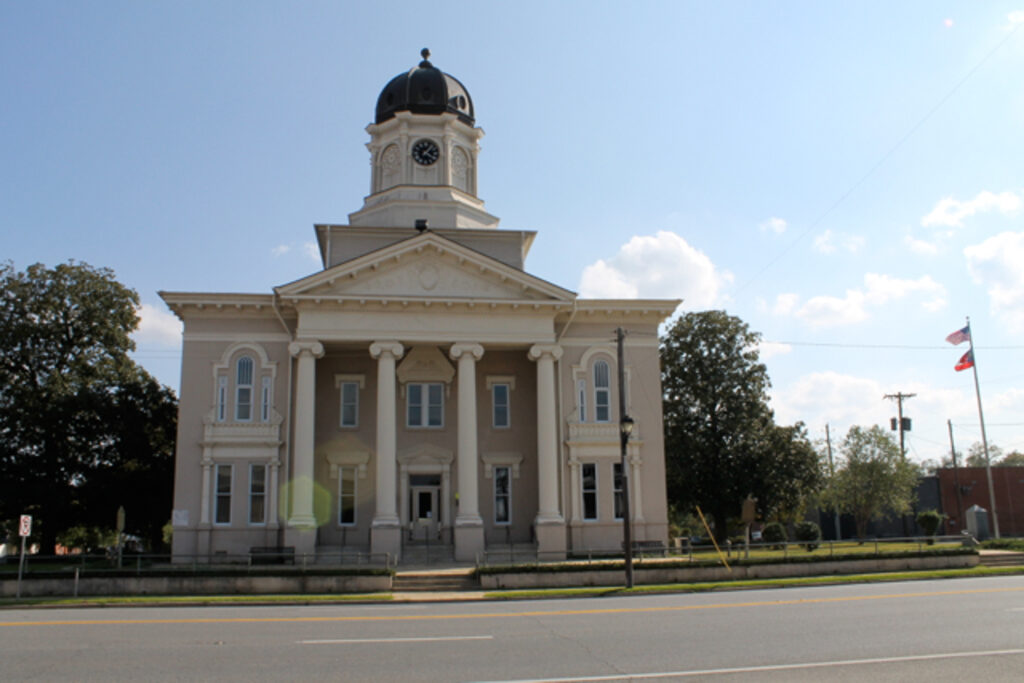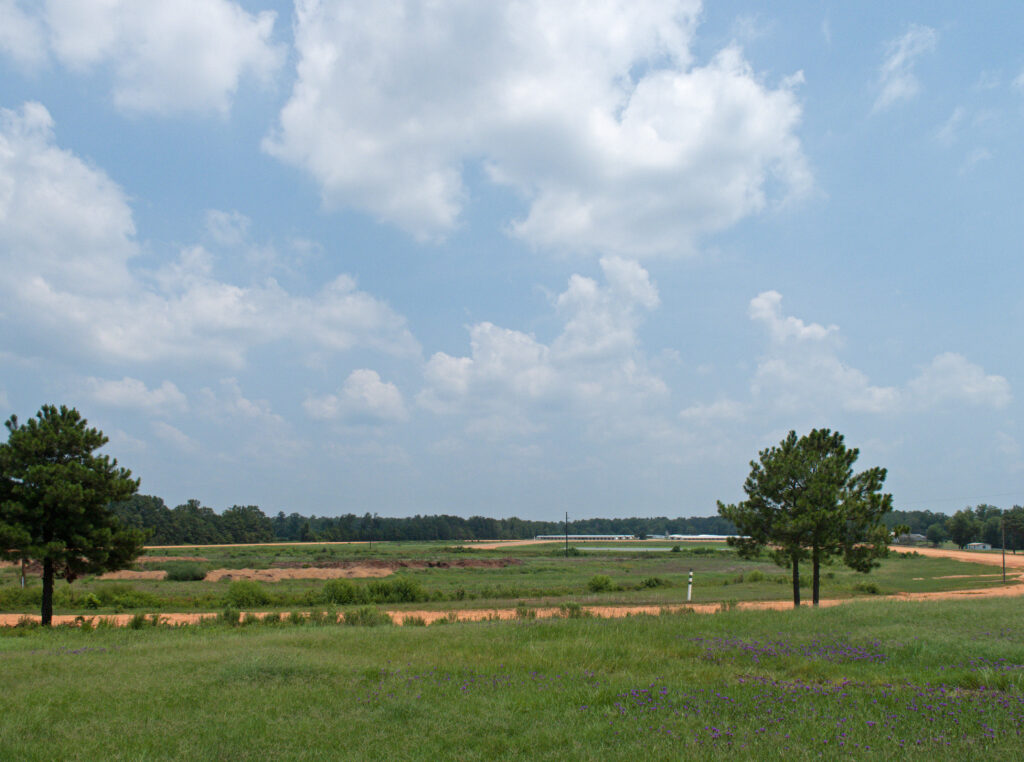Established in 1808, Pulaski County is situated in central Georgia and comprises 247 square miles. It was initially created from Laurens County, but its boundaries shifted several times during the century following its establishment. In 1870 the state created Dodge County from a portion of Pulaski; then in 1912 the state took a portion of northwest Pulaski to create Bleckley County.
Named for Casimir Pulaski—a Polish officer who died of injuries sustained during the American Revolution (1775-83)—Pulaski County includes several communities. Its county seat, Hawkinsville, is named for Benjamin Hawkins, an agent to the Creek Indians. The city lies in the center of the county on the banks of the Ocmulgee River. During the nineteenth century Hawkinsville was an important center for river transportation, as steamboats and riverboats carried freight from Hawkinsville to the coast. Also during the nineteenth century, when the Supreme Court of Georgia traveled to eight locations across the state, Hawkinsville served as one of the court’s regular venues.

The county’s original seat was Hartford, located directly across the river from Hawkinsville. It served as the county seat until 1836, when the county moved the courthouse to Hawkinsville because the Ocmulgee’s higher western bluff made Hawkinsville less vulnerable to flooding. In 1804 Hartford came just one vote shy of being named Georgia’s new capital; local legend contends that one assemblyman was fishing when he should have been voting. As a result, Georgia’s capital moved from Louisville to Milledgeville.
Most historical research contends that Hartford’s namesake is Nancy Hart, the Revolutionary War heroine who spied for General Elijah Clarke to provide information about the Tories and the British. The historian E. Merton Coulter described the attribution as “wholly erroneous,” although he did not document the actual origin of Hartford’s name. Although some historians have described Hartford as a dead town, many Pulaski residents live in the community. Other communities are Finleyson, a small agricultural community in the southernmost part of the county, and Browndale, in northwest Pulaski.

Pulaski’s most noteworthy industry is equestrian training. With Hawkinsville’s Lawrence L. Bennett Harness Horse Training Facility, the only harness horse training facility in the state, Pulaski County serves as a winter home for harness horsemen across the country. The county’s mild climate and the training center’s soft clay track make the facility ideal for winter training.
Pulaski is largely an agricultural county; its commodities include cattle, corn, cotton, oats, peanuts, soybeans, and wheat.
Notable natives of Pulaski County include artists Butler Brown, whose paintings have been displayed in the White House, and Nell Choate Jones.
According to the 2020 U.S. census, Pulaski County’s population was 9,855.










